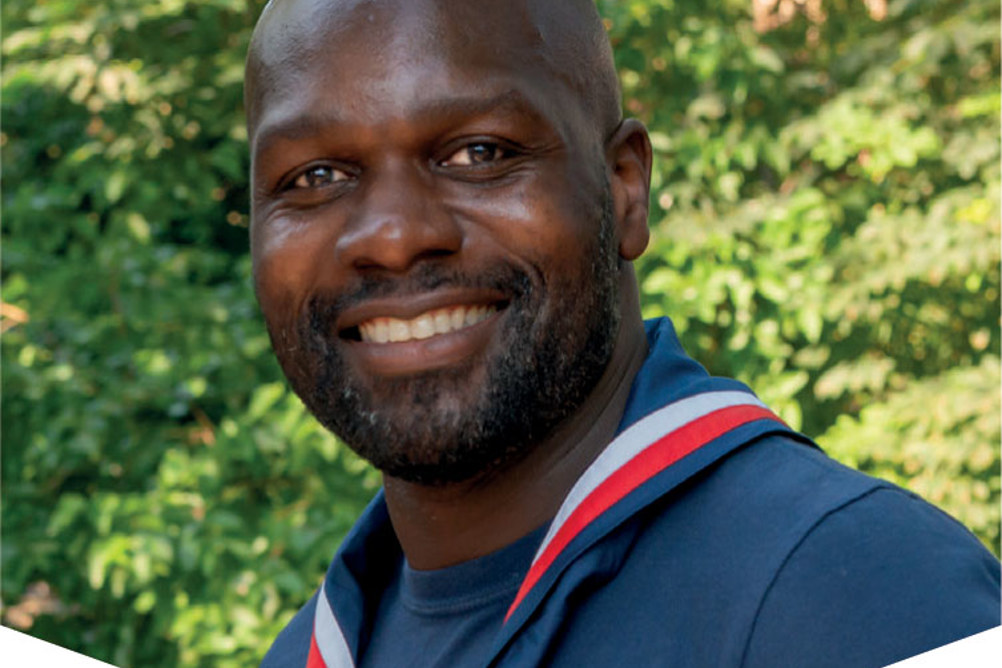
I'm at Tring School in Hertfordshire on a freezing Sunday morning in February with more than 500 scouts and volunteers. Most have been up half the night, hiking or staffing checkpoints for this annual long-distance outdoor walking challenge with small teams trekking up to 50 miles across frozen countryside. I join them to hand out the awards and say some words of encouragement but really, I'm just the icing on the cake. The local volunteer team have done the heavy lifting.
This is one of the most memorable things these teenagers will have done, building confidence, skills, self-belief and teamwork, promoting mental and physical health and a love of the outdoors. And it is all made possible by volunteers.
Volunteers really are the key to everything. However, youth organisations across the country are finding it harder to recruit the help they need. Here are some of the lessons I have learned about successful volunteer recruitment.
- Make volunteering easier and more rewarding. Volunteering is more than something we do in our spare time – it is who we are, and a philosophy for life. There are already 15 million volunteers in the UK who understand we get back more than we put in but I know there are many more who would volunteer if we only made it easier. In Scouts we're incredibly lucky to have the support of 150,000 adult volunteers. They come from all walks of life – from those who grew up as scouts themselves to parents and carers of current scouts who've stepped forward. But these alone aren't enough to meet demand. We have 104,000 young people on our waiting lists and need to recruit volunteers beyond our traditional constituencies if we're going to create that extra capacity.
- Highlight the benefits and keep it fun. We need to showcase the benefits of volunteering – how volunteering makes people feel better about themselves, boosts their skills and extends their local networks. I don't like that phrase “the selfish volunteer” but volunteering has to be a two-way street – and we need to clearly show how they benefit from giving their time. Even if the volunteering opportunity is behind the scenes, people still need to have fun. Some of the most motivated teams of volunteers I've met have been the ones cleaning the loos – the sense of camaraderie is amazing. If we're not having fun, then we're doing something wrong. Let's keep that front and centre.
- Create a welcoming culture. When someone decides to volunteer, especially for the first time, that's a huge step for them. We need to match that commitment by following up quickly, welcoming them, discussing what they want to get out of volunteering. Let's make sure they're not left weeks waiting for a call back or email. We need to find ways to measure this and help those who are struggling to respond to new enquiries. Some volunteering roles can seem a bit scary. However, talking about specific tasks makes it easier, less intimidating and more manageable. We need to keep the ask light to begin with and not ask them to sign their lives away. Play to people's strengths – find out what they like doing and get them started as soon as possible. Make sure they know what support is in place and that there are people who have their back. It can be lonely starting out as a volunteer so let's welcome them as warmly as possible and make them feel part of a community. Whether we're chatting with someone who's just completed their first session volunteering, or someone who's been with us decades, a timely and specific thank you never goes amiss.
- Be an ambassador for volunteering. No matter what role we play – from chief scout to children's services leader, we all need to be ambassadors for volunteering, talking about how much we get out of it. Some parents are still surprised our leaders are volunteers. It is important we talk about it, how we fit it into our lives and the fact we need more helping hands. Our potential volunteers are digital natives. We need to be in the spaces where they are – from TikTok to Instagram. In Scouts, we've grown our TikTok channel as we know this is where many of our potential volunteers are. We need to show what good looks like by telling stories about our volunteers. Find examples of volunteers who are getting the balance right – juggling family, work and volunteering commitments. As volunteer chief scout, I need to do that myself.
- Work with employers and government. We know many people don't feel they can volunteer because of their work commitments. That's why Scouts – alongside Sea Cadets, Girlguiding and St John Ambulance – are currently lobbying government for 35 hours of paid leave to volunteer each year. If our volunteers can have hours rather than days, they can use these flexibly across the year, including allowing them to do “micro-volunteering” tasks during work hours without losing pay. This is about convincing government and employers of the “win-win” benefits of volunteering – showing how employees who volunteer are often more motivated, skilled and productive in the workplace. We need to lead by example and offer that volunteering flexibility in our own organisations too.

